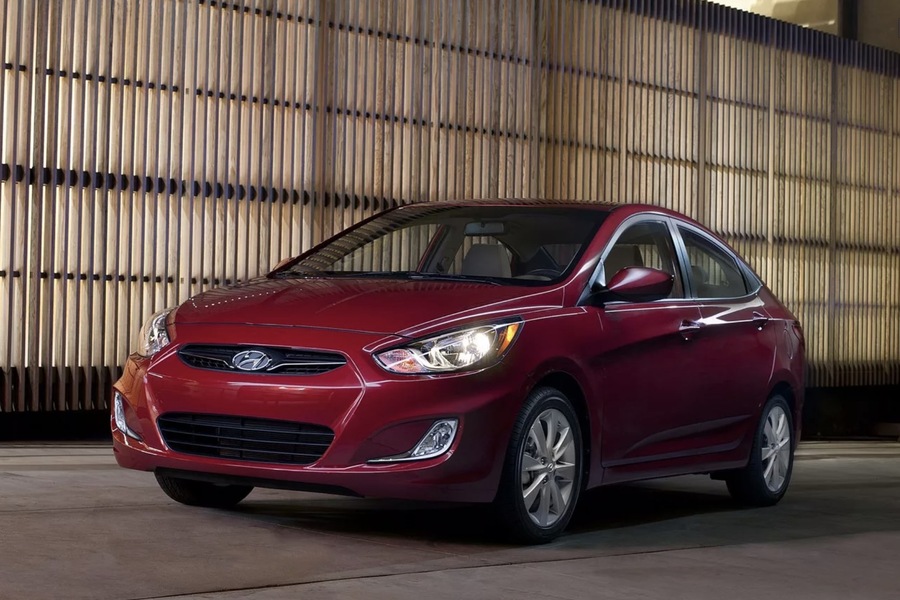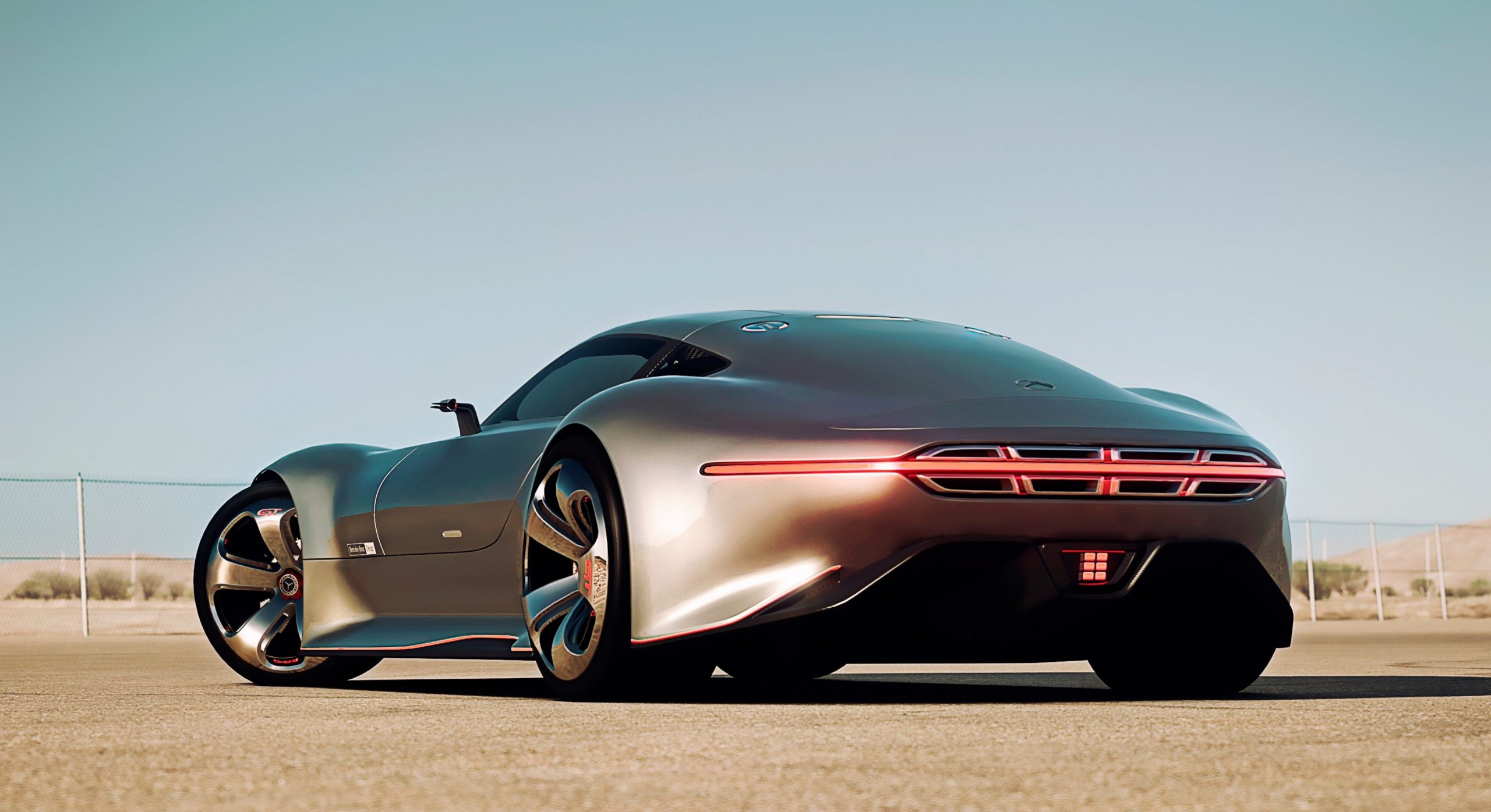The Hyundai Accent, a compact car manufactured by Hyundai Motor Company, has become a symbol of affordability, durability and practicality in the global automobile market since its launch in 1994. Known for its reliability, ease of maintenance and fuel efficiency, the Accent has won the hearts of drivers around the world, from first-time car buyers to those looking for a reliable daily driver or a smart budget rent a car option. This article looks at the Accent’s journey through four generations, as well as its specifications, key benefits, awards and popularity in global markets.
Page Content
Origins and History of the Hyundai Accent
The Hyundai Accent was introduced in 1994 as a replacement for the Hyundai Pony, Hyundai’s first widely-produced vehicle. The first generation saw considerable success and set the stage for a model that would become a strong competitor in the subcompact category. Over the years, Hyundai has developed the Accent to meet changing market demands and improve on previous designs, allowing it to maintain its place as a reliable and economical choice in the automotive industry.

The Evolution of Hyundai Accent through Four Generations
1. First Generation (1994-1999)
The debut model of the Hyundai Accent was launched in 1994 as an affordable alternative to other compact cars in the market. This initial generation was designed to be a no-frills, budget-friendly car, targeting families and individuals looking for an efficient and easy-to-maintain vehicle. It offered simplicity in design, a spacious interior, and a smooth ride, making it popular with drivers seeking basic functionality without sacrificing quality. In several regions, the first-generation Accent became well-known for its fuel economy and low maintenance costs.
2. Second Generation (1999-2005)
The second generation of the Hyundai Accent made its debut at the 1999 Frankfurt Motor Show. This model introduced improved aesthetics and performance upgrades, reflecting Hyundai’s desire to elevate its brand presence in the global market. Hyundai expanded its production facilities for the Accent, manufacturing it in countries including South Korea, India, Indonesia, Turkey, and Egypt. By 2002, production also began in Sudan and Russia to meet rising demand.
Detailed Specifications
Dimensions: Length of 4235 mm, width of 1670 mm, height of 1395 mm, a wheelbase of 2440 mm, and ground clearance of 170 mm.
Storage and Fuel Capacity: The Accent’s trunk volume begins at 375 liters, with a fuel tank capacity of 45 liters.
Performance Metrics: With a maximum speed of 166 km/h, the car accelerates from 0-100 km/h in 14.2 seconds. Fuel consumption figures were recorded at 11.7 L/100 km in the city, 7.5 L/100 km on highways, and a combined 8.6 L/100 km.
Engine Specifications: The 1.5L gasoline engine in the second generation delivered a respectable 102 horsepower, making it well-suited for urban and suburban driving.
3. Third Generation (2006-2010)
In 2006, Hyundai introduced the third generation of the Accent, known as the Hyundai Verna in Russia. Built on the same platform as the Kia Rio, the third generation reflected a leap in design quality, performance, and build. Its exterior was given a sleek, modern look, while the interior was enhanced with more ergonomic and comfortable features. In Russia and other markets, the third-generation Accent gained popularity due to its robust build quality, easy handling, and overall value.
The third generation also saw a diversification of engine options, including the addition of more fuel-efficient and low-emission variants to cater to environmentally conscious consumers and comply with stricter emission regulations in several countries.
4. Fourth Generation (2010-Present)
The fourth generation of the Hyundai Accent, launched in 2010, marked another significant upgrade in terms of technology, safety, and efficiency. Hyundai incorporated advanced safety features and improved the car’s fuel efficiency, making it even more competitive with other subcompact cars in the market. The new design embraced Hyundai’s “Fluidic Sculpture” philosophy, with a more aerodynamic shape and a refined interior. This model has consistently delivered reliable performance and has kept the Accent at the forefront of the subcompact car segment.
Advantages of Owning a Hyundai Accent
The Hyundai Accent’s enduring popularity is due to a range of advantages that have kept it competitive in the automotive industry. Some of these key benefits include:
- Reliability
The Accent is well-regarded for its durability. Many owners report that with regular maintenance, the Accent experiences few major issues, making it a trusted vehicle for daily commuting and long-term use. - Corrosion Resistance
Hyundai invested in materials and treatments that significantly enhance the Accent’s resistance to rust and corrosion. Even older models show minimal signs of wear, which is rare for budget-friendly subcompact vehicles, particularly those driven in harsh weather conditions. - Solid Suspension System
The Accent’s suspension system ensures a comfortable and stable ride. The front suspension features a reliable MacPherson strut, while the rear is equipped with a multi-link system. This design enables the Accent to handle bumpy roads smoothly and perform well in various driving conditions. - Impressive Dynamics
Despite its classification as a subcompact car, the Accent delivers responsive and agile handling, allowing drivers to feel confident in both city traffic and on highways. Its modest power and lightweight design allow it to maneuver easily, making it an ideal car for urban environments. - Affordable Maintenance
One of the Accent’s main appeals is its low cost of ownership. The car is relatively inexpensive to maintain, with widely available spare parts and affordable service costs. This feature has made it a popular choice for first-time buyers, budget-conscious families, and fleet operators. - User-Friendly Repair and Maintenance
With a straightforward design, the Hyundai Accent is easy to service. Most automotive repair shops are familiar with its mechanics, and spare parts are readily available. This ensures minimal downtime and cost when the car requires maintenance.

Hyundai Accent Awards and Accolades
Over the years, the Hyundai Accent has earned numerous awards for its design, quality, and safety. Below are some of the most notable recognitions the model has received:
2001: In Australia, the Hyundai Accent was named the “Best Small Car,” recognizing its popularity and value as a compact vehicle suitable for a wide range of drivers.
2005: The second-generation Hyundai Accent received a commendable score of 9.9 out of 16 in Euro NCAP frontal crash testing. It achieved one of the highest ratings among international models in its class, demonstrating its commitment to safety.
2005: The Accent was awarded the highest rank in its class by Strategic Vision, a well-respected North American company that assesses product quality across industries.
2006: The Accent won in the “Best Choice” category, an award initiated by Jack Gillis (author of the “Car Book”) and the US Safety Center. This recognition highlighted its safety features and its alignment with consumer expectations in the US market.
2007-2010: The Hyundai Accent was among the top-selling foreign cars in Russia and Ukraine, reflecting its popularity in Eastern Europe. It consistently placed in the top ten best-selling models in both markets.
2021: HotCars recognized the 2021 Hyundai Accent sedan as the most reliable model in Hyundai’s lineup, further reinforcing its reputation as a dependable choice for drivers around the world.
Global Success and Market Presence
The Hyundai Accent has a strong presence in global markets, including Australia, Argentina, Greece, Egypt, Israel, India, the United States, and more. The car’s affordability, durability, and efficiency have made it a popular choice for drivers in both developed and emerging markets. In Australia, the first-generation Accent became the third best-selling car in 1996 and 1998. Between 1994 and 2000, over 200,000 units were sold in Australia alone, making it one of the most successful imported cars in Australian automotive history.
In countries like Russia and Ukraine, the Accent has been a favorite among drivers for its low maintenance costs and sturdy build quality, with numerous models still on the road today. Additionally, the Accent has made its mark in the Middle East, Asia, and South America, where it is celebrated for its adaptability to various road conditions, affordable price, and fuel efficiency.
Conclusion
The Hyundai Accent stands as a testament to Hyundai’s commitment to creating reliable, affordable, and practical vehicles. With a history spanning four generations, the Accent has continued to evolve to meet the needs of drivers in an ever-changing automotive landscape. Whether it’s the car’s reliable build, low maintenance costs, or its consistent performance, the Hyundai Accent remains a trusted choice for those seeking a high-value subcompact car. As Hyundai continues to innovate, the Accent’s legacy of quality and dependability ensures it will continue to thrive for years to come.


